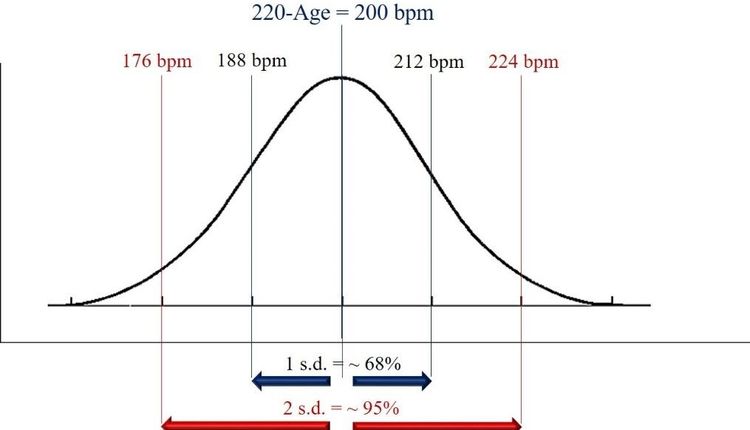Some form of total ankle replacements (TAR), have been available to patients in the United States since first arriving in the marketplace more than 30 years ago. These implants have gone through several design evolution phases. A review article published in the September 2008 issue of the Journal of the American Academy of Orthopaedic Surgeons (http://www.jaaos.org/) discusses the different types of total ankle replacement implants available now, both in the United States and abroad, and explains how vast improvements in their design are helping to advance the field and bring relief to patients.
"When we started off, the ankles we used in this country included just two components and we had to use bone cement to fix them and basically they all failed," said Andrea Cracchiolo, MD, lead author of the article and Director of the Adult Foot and Ankle section at UCLA Medical Center. "The difference between the first generation implants and those today is that you don't need to use bone cement. The surfaces are such that the bone will grow into the joint much like in total hip replacement."
Currently, four designs are approved by the Food and Drug Administration for use in the United States. All are two-component designs which are considered fixed implants. In many countries outside of the United States, surgeons have been using three-component ankles for several years.
According to Dr. Cracchiolo, a three-component ankle may allow for more movement in the joint and may also be easier for orthopaedic surgeons to implant. Here in the US a three-component device has been recommended for approval by the Food and Drug Administration. However, it could be late 2008 or longer before it will be made available to US patients.
While total ankle replacement offers patients more mobility and movement compared to the option of fusion to repair the joint, not every patient is an ideal candidate. According to Dr. Cracchiolo, patients need a thorough evaluation from a qualified orthopaedic surgeon who feels the procedure may be appropriate. "Some patients have such deformity of the ankle or have an ankle that is so unstable that total ankle replacement is not indicated," explains Cracchiolo.
Signs that you may be a candidate for a total ankle replacement include:
· Having a destroyed ankle, meaning the surfaces of the ankle are gone
· Having advanced arthritis of the ankle (http://orthoinfo.aaos.org/topic.cfm?topic=A00209#Cause)
· The condition of your ankle is interfering with daily activities and causing pain
Total ankle replacements can offer patients:
· Better motion of the ankle compared to fusion
· Protection in the small joints below and in front of the ankle from developing arthritis
· Relief of ankle pain
Currently, there are about 20 total ankle replacement implants worldwide that are either available or in the final stages of design. However the number of clinical studies involving such implants has been limited. Dr. Cracchiolo says, "Great care must go in to selecting not only the ideal patient, but also the implant that should be used. We need more long-term follow up clinical studies on implants here in the US. In addition, if patients are young, they should understand that the ankle replacement, just like the hip and knee, is not going to last a life time."
"As improvements in design continue to evolve, the goal is to develop total ankle replacements that are comparable to hips and knees in terms of quality and longevity," noted Dr. Cracchiolo.
Disclosure: Dr. Andrea Cracchiolo received no compensation for this review article and does not own stock in a commercial company or institution related directly or indirectly to the subject of this article.
James K. DeOrio, MD, orthopaedic surgeon at Duke University, co-authored this review study.
For more information:
· JAAOS: http://www.jaaos.org/
· AAOS: http://www6.aaos.org/news/Pemr/releases/release_boiler.cfm?category=8&releasenum=702
· orthoinfo.org: http://www.orthoinfo.org/







